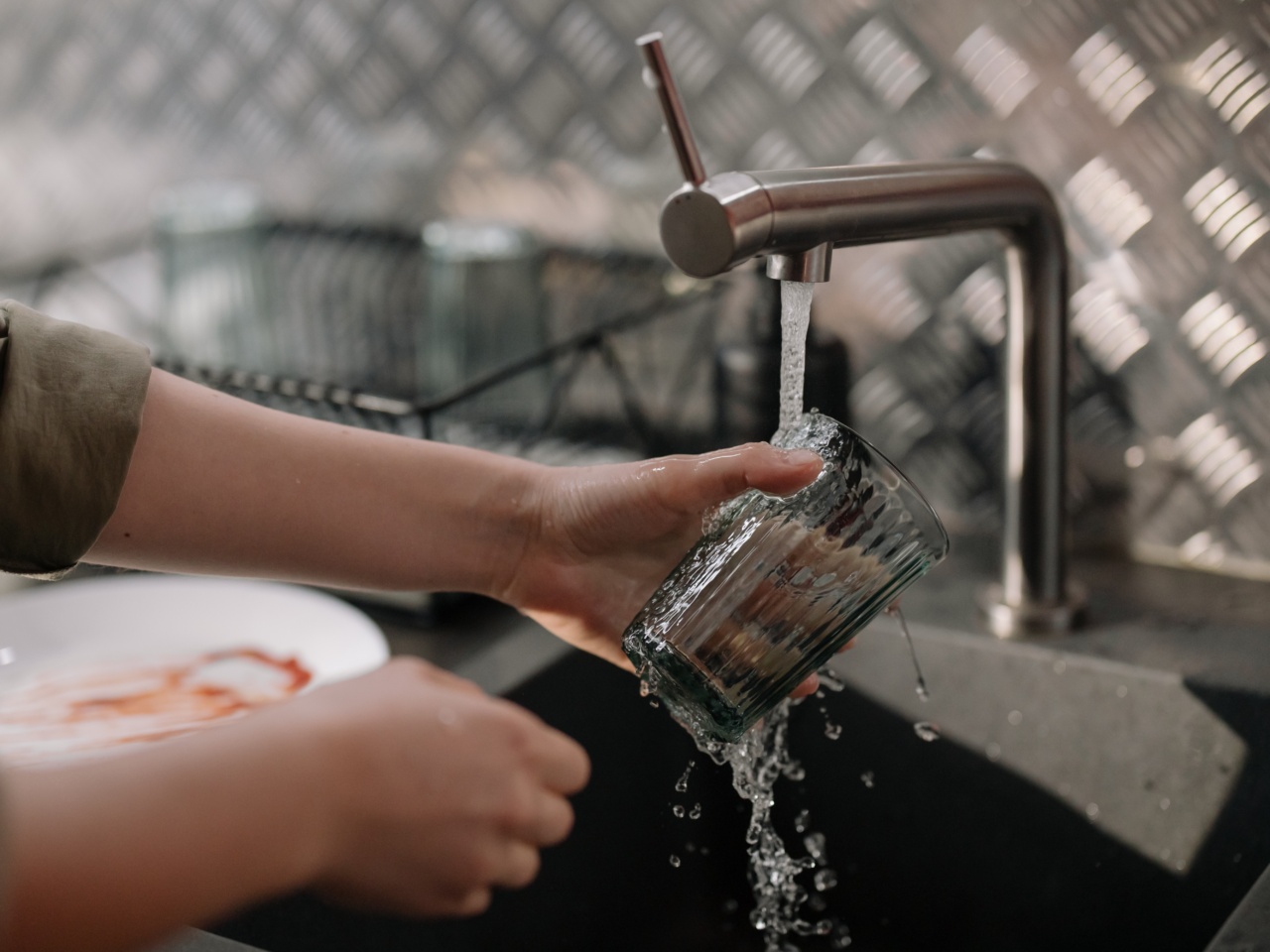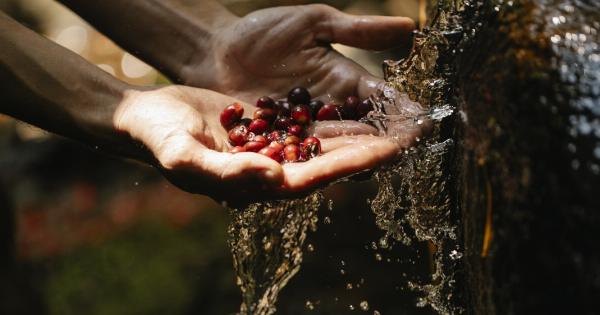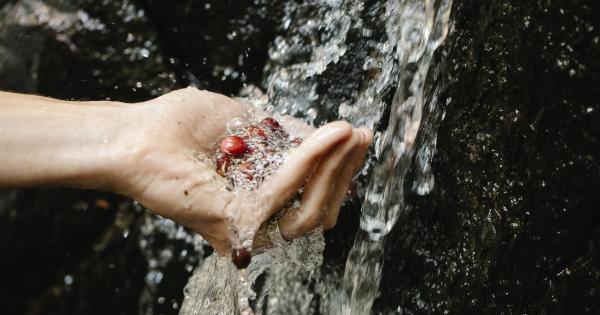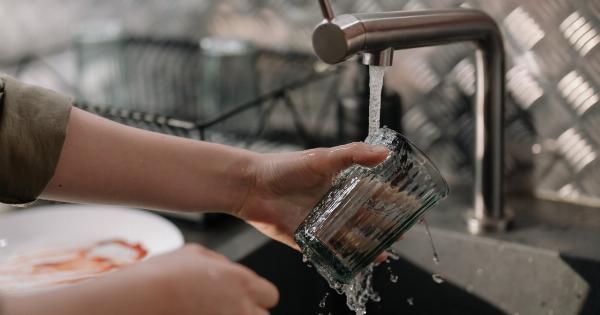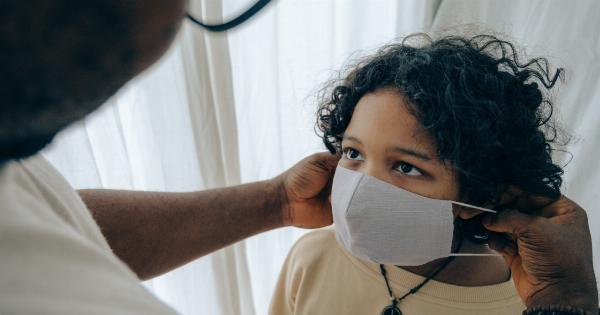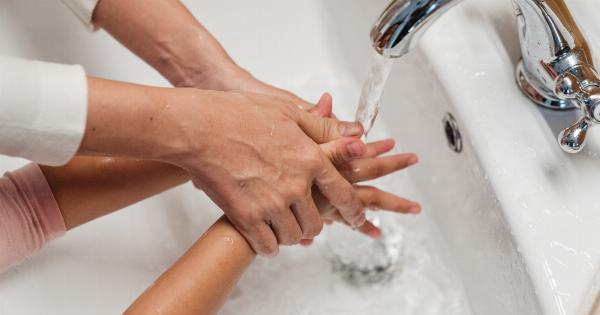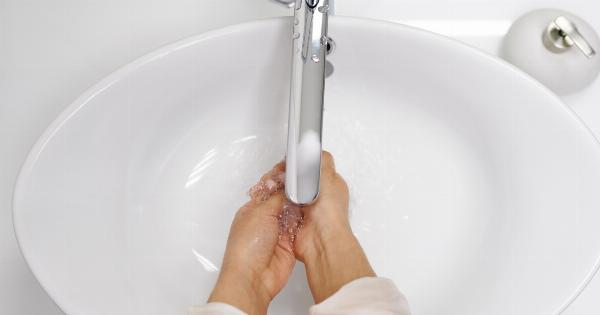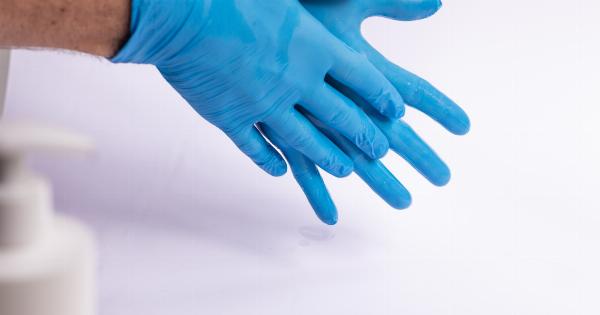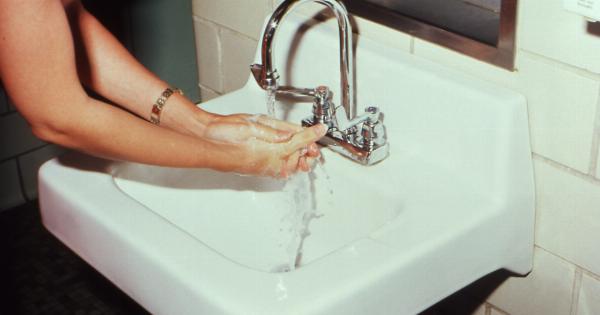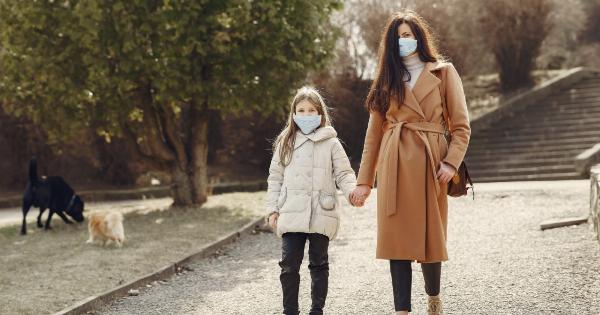Hand washing is one of the most critical steps we can take to prevent the spread of infectious diseases. Germs and bacteria are everywhere, and our hands often come into contact with them.
By washing our hands, we can reduce the risk of getting sick and prevent the transmission of diseases to others.
Understanding the Science
When it comes to hand washing, the temperature of the water is an aspect that often sparks debate. Many people believe that hot water is more effective at killing germs, while others argue that cool water is sufficient.
To understand the science behind washing your hands with cool water, it’s important to delve into the mechanisms of soap and water in eliminating germs.
The Role of Soap
Soap plays a crucial role in hand washing. It has both hydrophilic (water-loving) and lipophilic (fat-loving) properties. When soap is applied to our hands, it surrounds the oil and dirt that harbor bacteria and viruses.
As we rub our hands together, the soap molecules latch onto these particles.
The Power of Water
Water is another essential component of hand washing. While soap enables the removal of microorganisms from our hands, water helps to flush them away.
The act of rinsing our hands under running water washes away the soapy solution along with the trapped germs, dirt, and oils.
Flowing Water and Cool Temperature
Now, let’s delve into the correlation between flowing water and cool temperature. Research suggests that cooler water is just as effective as warm water when it comes to hand washing.
The temperature of the water does not significantly impact the removal of germs from our hands. What truly matters is the proper application of soap and thorough handwashing technique.
Effectiveness of Soap and Friction
Soap is designed to break down the lipid bilayer, a protective layer that encapsulates viruses and bacteria. This action disrupts the integrity of these microorganisms, causing them to become unstable and eventually disintegrate.
Friction is equally essential as it aids in the mechanical removal of germs. By rubbing our hands together vigorously and ensuring that the soap reaches all the nooks and crannies, we increase the effectiveness of hand washing.
The rubbing motion helps loosen any dirt, oils, and microorganisms, making them easier to rinse away with water.
The Role of Time
While temperature may not be a significant factor, the duration of hand washing is crucial.
The Centers for Disease Control and Prevention (CDC) recommends washing your hands for at least 20 seconds, which is roughly the time it takes to sing the “Happy Birthday” song twice. This duration allows enough time for the soap to work its magic in breaking down any germs that may be present on your hands.
Cool Water and Bacterial Removal
Research has shown that there is no significant difference in the reduction of bacteria colonies when hands are washed with either hot or cool water.
This suggests that cool water is just as effective as warm water in eliminating bacteria from the hands. The combination of soap, friction, and running water is what truly matters when it comes to proper hand hygiene.
Better for the Skin
One advantage of using cool water for hand washing is that it is less harsh on the skin compared to hot water. Hot water can strip the skin of its natural oils, leading to dryness and irritation.
Cool water, on the other hand, keeps the skin hydrated and reduces the risk of developing conditions like eczema or dermatitis.
Environmental Impact
Considering the large-scale adoption of hand washing practices worldwide, it is crucial to consider the environmental impact of using hot water. Heating water requires energy, contributing to carbon emissions.
By encouraging the use of cool water for hand washing, we can reduce our carbon footprint and preserve valuable resources.
Frequently Asked Questions
1. Can using cool water be harmful during cold and flu seasons?.
Using cool water is not harmful during cold and flu seasons. The important aspect is to ensure you wash your hands correctly, irrespective of the temperature of the water.
Follow the recommended hand washing guidelines and use soap, friction, and running water for at least 20 seconds.
2. Does using cool water have any impact on the effectiveness of hand sanitizers?.
No, using cool water does not impact the effectiveness of hand sanitizers as they primarily rely on alcohol content to kill germs.
However, it is still advisable to wash your hands with soap and water whenever possible, as hand sanitizers may not effectively remove certain types of germs or chemicals.
Conclusion
In conclusion, the science behind washing your hands with cool water is rooted in the effectiveness of soap, friction, and running water.
While hot water may be preferred by some due to its perceived ability to kill more germs, research shows that cool water is equally effective at removing bacteria. The correct technique, including proper handwashing duration and the use of soap, is far more crucial than the temperature of the water. So, the next time you wash your hands, remember that cool water can get the job done just as effectively.
